Print ERP delivers 40% efficiency gains for RT Graphics
Indore-based packaging firm RT Graphics slashed delays and errors after adopting Indus Print ERP, transforming workflows and client confidence
02 May 2025 | By Noel D'Cunha
Ravi Tanwani, proprietor of RT Graphics, initially shared the printing industry's common scepticism about ERP systems. Like many mid-sized converters, his business had limped with a patchwork of spreadsheets, paper records, and messaging apps that kept operations moving. “We'd developed workarounds for every problem, so on the surface, everything appeared functional,” Tanwani explained. “But by 2019, the cracks were becoming chasms; we were spending more time managing information than managing our business."
The breaking point came when expanding order volumes and increasingly complex client requirements overwhelmed RT Graphics' manual systems. Production teams wasted hours each day reconciling job details across multiple disconnected records, while sales staff struggled to provide accurate delivery estimates. Administrative overhead consumed nearly 30% of management time just maintaining basic operational visibility. "We weren't just losing efficiency - we were missing growth opportunities because we couldn't scale our processes," Tanwani recalled.
After evaluating several options, the company selected Indas Analytics' Indus Print ERP in early 2020, drawn by its print-specific architecture. The implementation proceeded in careful phases over six months, allowing staff to adapt to digital workflows without disrupting production. The transition revealed immediate benefits - quotation turnaround time collapsed from two days to under four hours, while production scheduling efficiency improved by 40% as real-time data replaced guesswork. Perhaps most strikingly, job tracking errors plummeted by 93% as the system eliminated manual data entry points.
Beyond operational metrics, the ERP implementation delivered unexpected strategic advantages and client inquiry response times accelerated by 70%, transforming customer relationships. "We moved from constantly explaining delays to proactively providing updates," Tanwani noted. The system's transparency also became a competitive differentiator when bidding for corporate contracts, with procurement teams specifically valuing the audit trails and production visibility. Financially, integrated costing modules provided real-time job profitability analysis, eliminating the quarterly surprises of discovering certain clients or job types were less profitable than assumed.
Twelve months after full deployment, the ERP system has become RT Graphics' operational backbone. With core functions now fully embedded, the company is exploring advanced analytics and supplier integration modules to drive further efficiencies. Industry observers see RT Graphics' experience as emblematic of a broader sector transformation. As print technology consultant Arvind Mehta notes, "The packaging sector's winners will be those viewing digital transformation not as an IT project, but as a strategic enabler for sustainable growth."
For Tanwani, the investment has fundamentally changed RT Graphics' trajectory. "We've transitioned from worrying about how to manage growth to focusing on how to accelerate it," he said. With the Indian packaging market projected to grow at 12% annually, the company's ERP foundation positions it to capitalise on emerging opportunities - a far cry from the days of chasing paperwork and firefighting delays.
Today, RT Graphics operates with unprecedented clarity, turning ERP adoption into a competitive edge. Tanwani argued that the lesson for mid-sized printers is clear: “ERP isn’t just a management tool — it’s a profit generator. " As the industry races toward automation, his firm’s journey underscores a truth often overlooked: smaller players, too, can harness technology to run faster, smoother, and smarter.


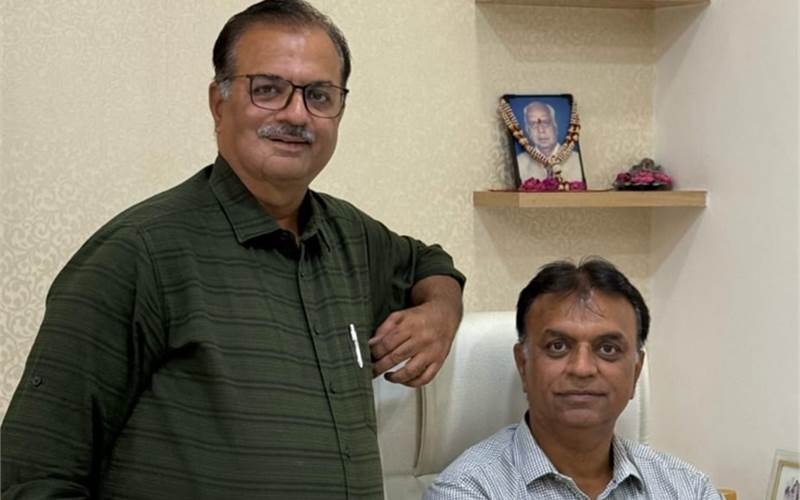





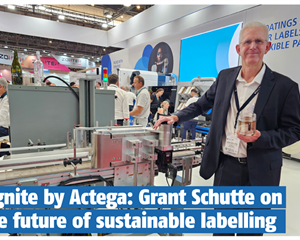
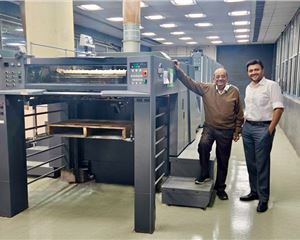
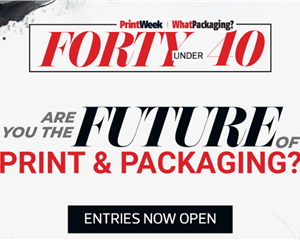
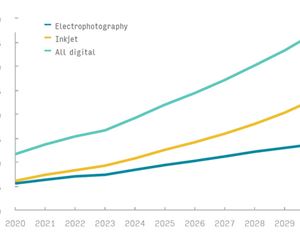
 See All
See All